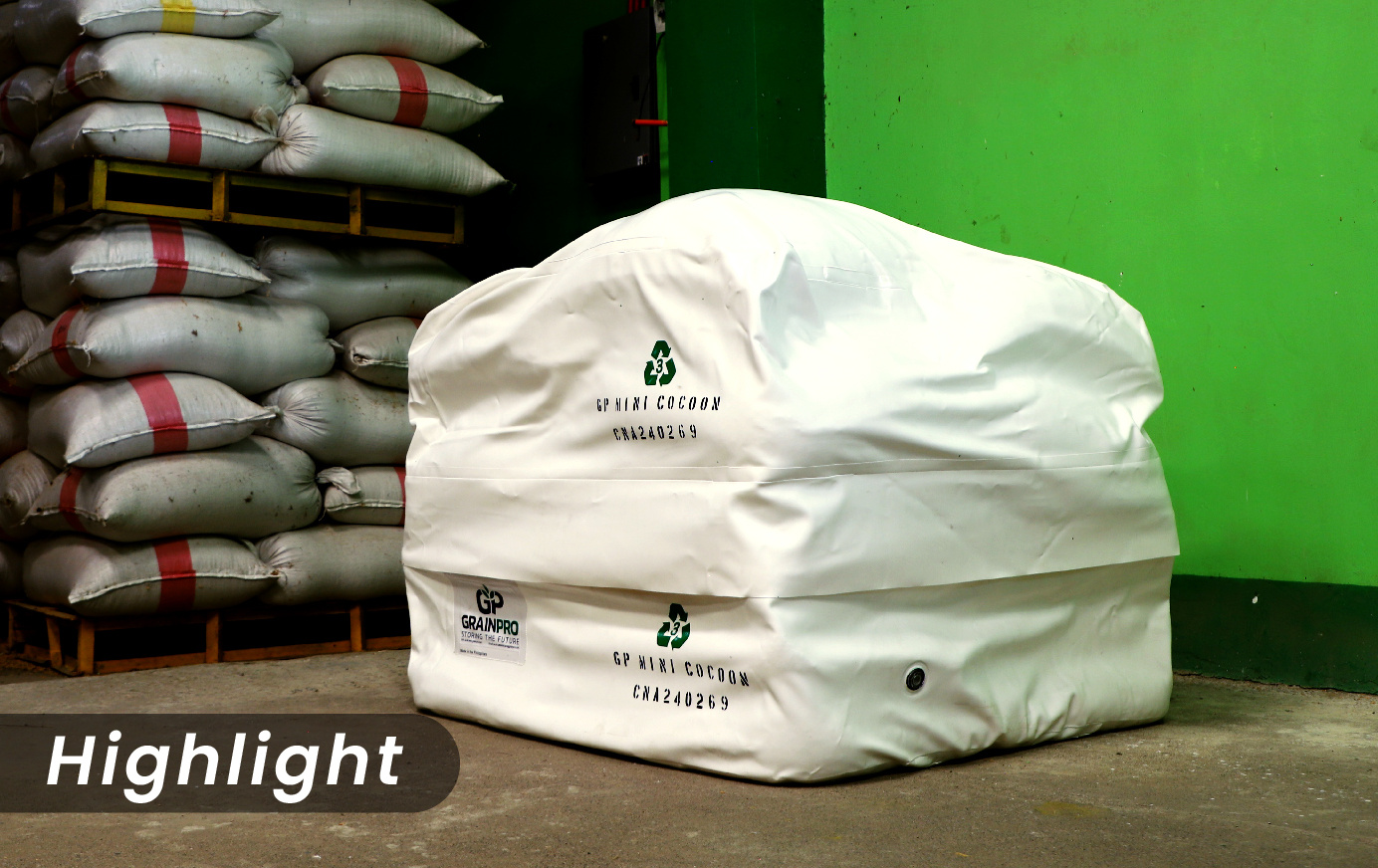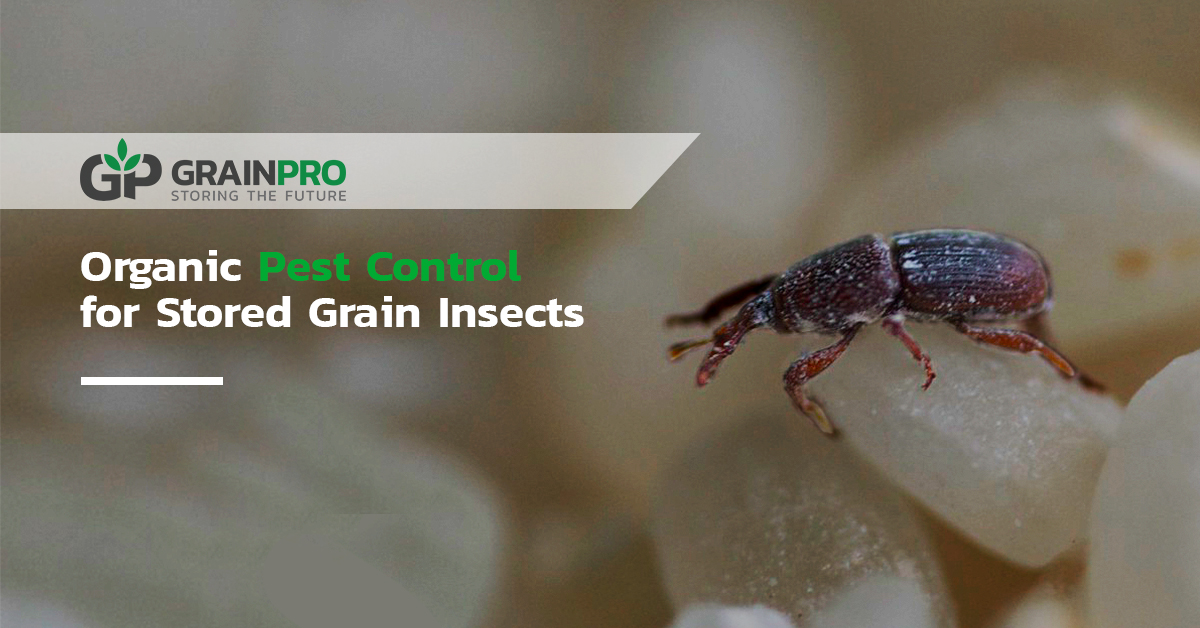Stored grain insects account for a significant amount of loss every year in the agricultural sector.
Handlers of dry agricultural commodities know the extent of damage that these various storage pests can bring. For example, the lesser grain borer can easily decimate stored grains, and the rice weevil can render nutritious rice inedible. Whatever the pest may be, farmers and traders strive to find solutions in order to prevent such from happening.
Toxic Solutions Against Insects
Today, one common practice is using chemical fumigants to treat stored commodities such as grains. Initially, a favored technique was the use of carbon disulfide or hydrogen cyanide to eliminate insect pests in the products. However, these chemicals have recently been phased out due to the dangers that these chemicals pose because of their high toxicity levels.
Instead, less toxic chemicals were introduced, including methyl bromide and phosphine. These chemicals are released as gas treatment for commodities in storage to keep infestations at bay.
Insect resistance against these chemicals, however, has been known to be increasing. According to data from the Food and Agriculture Organization (FAO) of the United Nations (UN), though marginal in current applications, the continuous increase of insect resistance poses a serious problem for the future use of toxic fumigants as a way to control insect infestation. Improper use of methyl bromide or phosphine can also lead to adverse health risks, such as respiratory difficulties.
Additionally, methyl bromide dissipates rapidly into the atmosphere. While it is most risky at the fumigation site, methyl bromide also plays a part in depleting the ozone layer. It is classified within Class I of ozone-depleting substances.
In the last decade, the use of methyl bromide has been severely restricted due to its negative impact on the ozone layer, and as a matter of fact, its production has been phased out in many countries, with only important exceptions for critical uses. This fumigant can rarely be used anymore, although there is a “black market” in some developing countries for this chemical.
Pest Control of Organic Products
Organic products can only be treated with non-toxic methods, such as treatment with carbon dioxide (CO2), nitrogen (N2), pressurized CO2, or deep freezing. Controlled atmospheres with CO2 or N2 are the most popular way of treating organic products.
Related: Hermetic Technology and CO2 Fumigation: An Organic Alternative
For practical reasons, working with CO2 is simpler than working with Nitrogen. The commodities are placed in a gas-tight or hermetic structure made of flexible materials with a low gas permeability rate. Carbon dioxide is then inserted using the flushing method, whereby the gas is inserted at high pressure and in a large quantity to expel oxygen from the gas-tight structure.
The commodity is thus exposed to a high (up to 80%) concentration of CO2, which will naturally suffocate stored grain insects and other living organisms. This process, typically, will eliminate all stages of insect development in some ten to twelve days, provided the temperatures are favorable at more than 20°C.
Related: Blending Hermetic Technology and CO2
GrainPro is a world-leading provider of hermetic storage and is an expert in the concept of using controlled or modified atmosphere as a solution to problems such as insect infestation in stored commodities. Such solutions include pest control of organic products, among others.
To learn more about the features and applications of hermetic storage, click the button below.
Date Published: October 1, 2024





